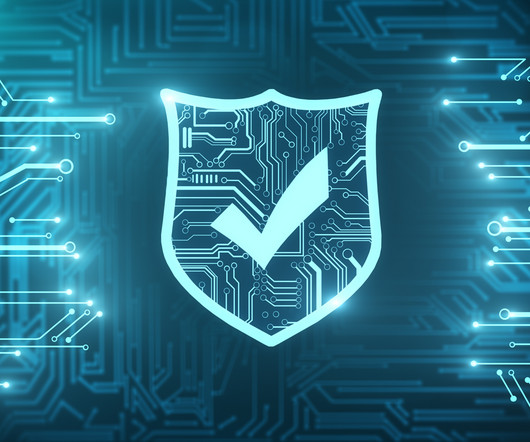How To Set Up a Firewall in 8 Easy Steps + Best Practices
eSecurity Planet
APRIL 30, 2024
Before performing a firewall configuration, consider factors such as security requirements, network architecture, and interoperability; avoid typical firewall setup errors; and follow the best practices below. Verify that the chosen firewall can meet your security standards and functions.












Let's personalize your content